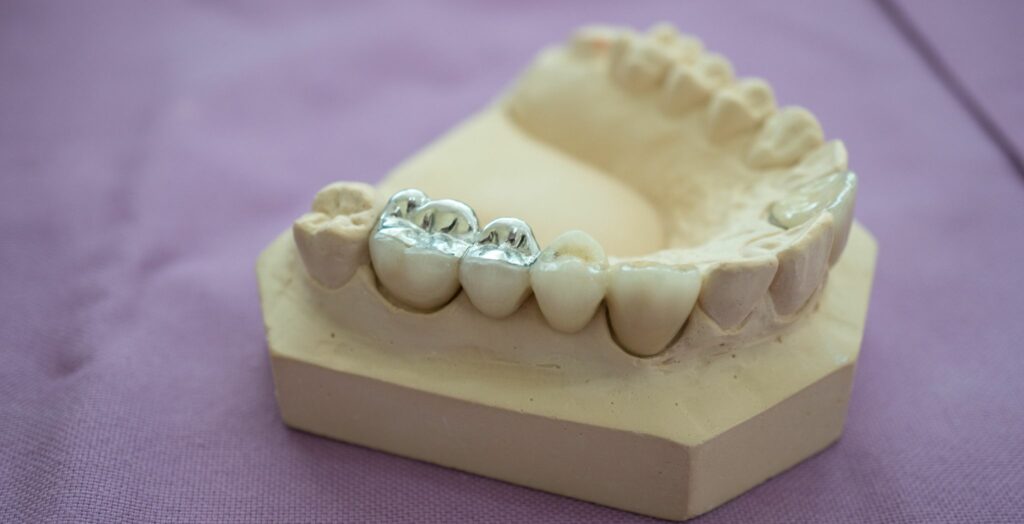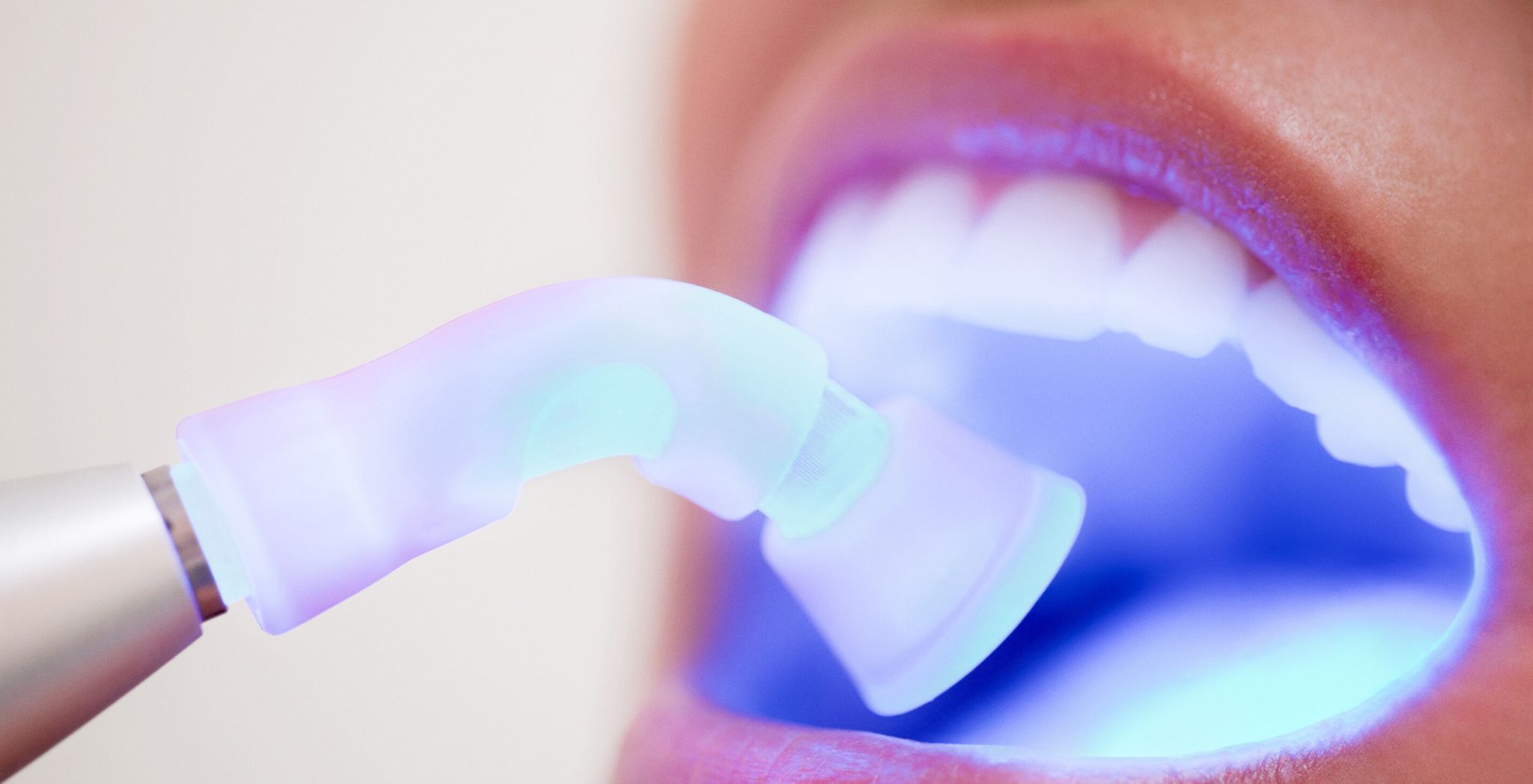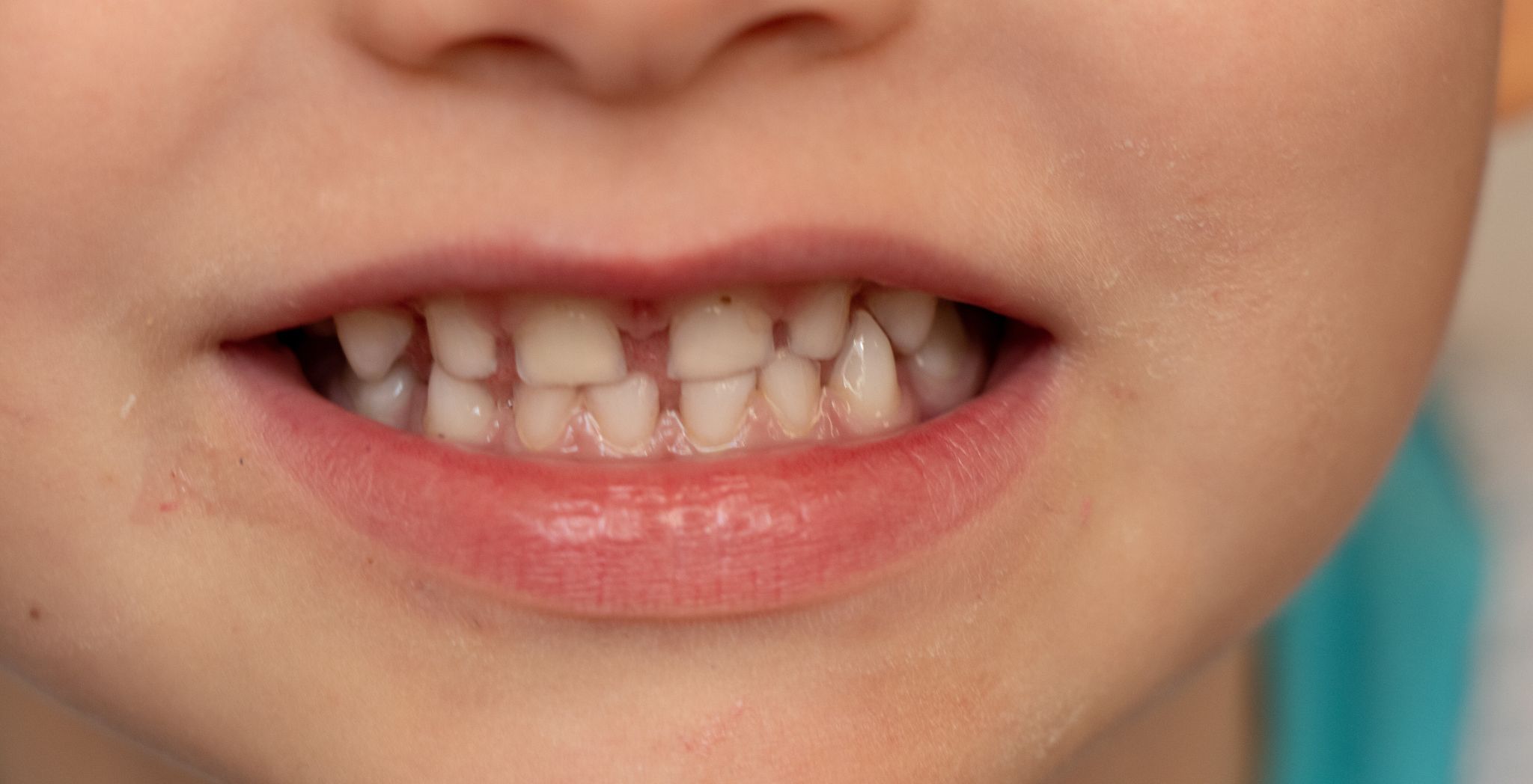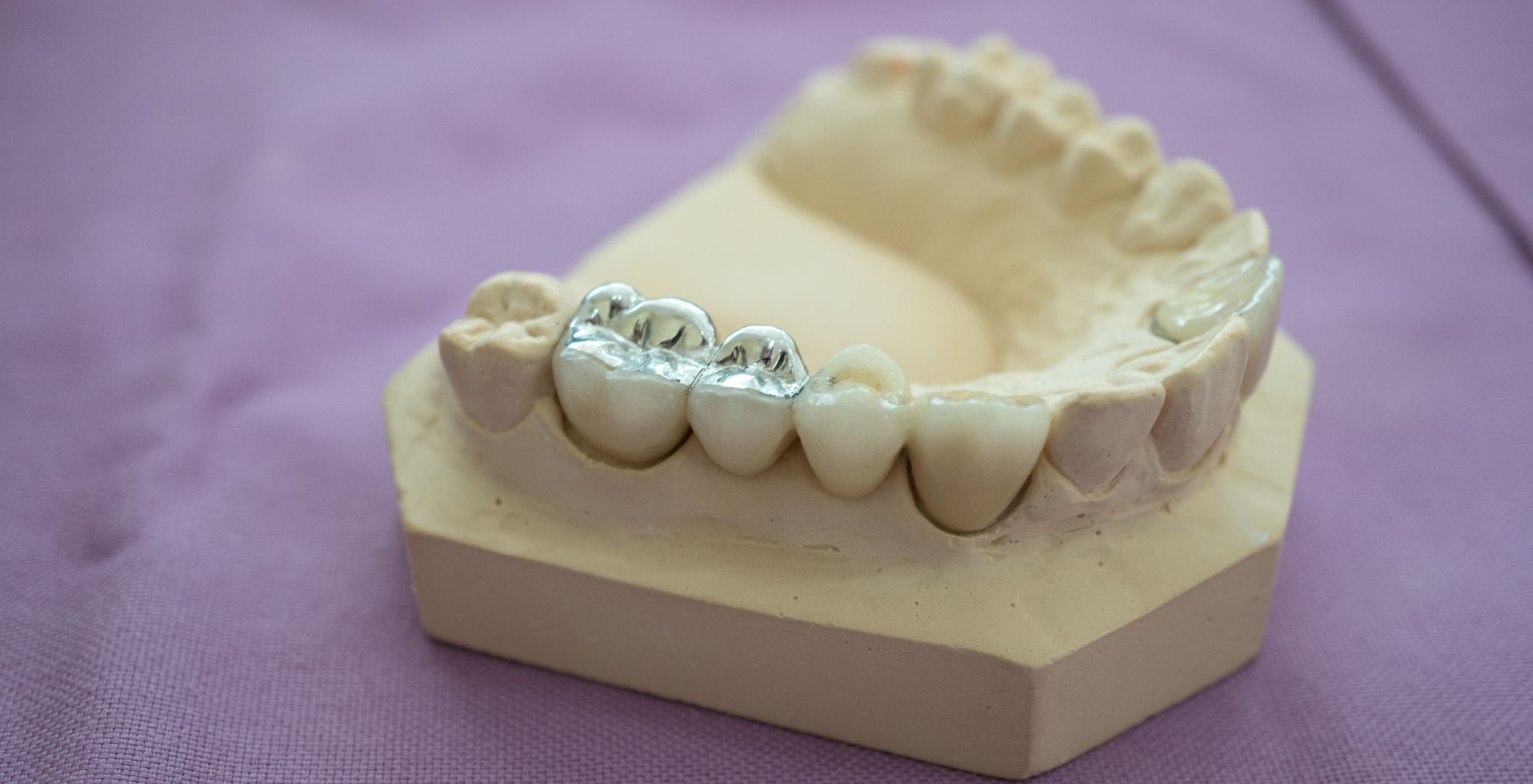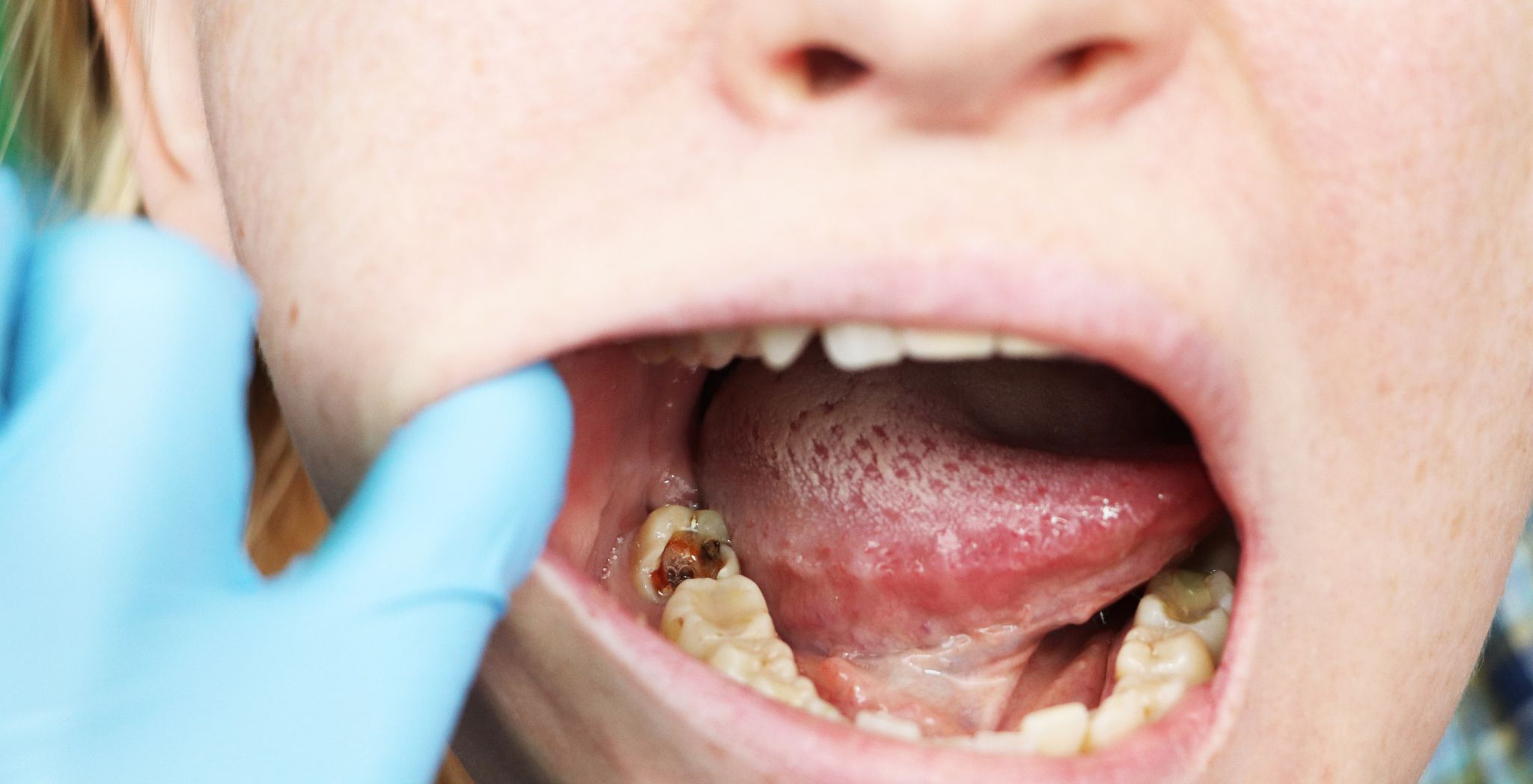You’ve probably heard someone say, “I have a filling,” or maybe you’ve had one yourself. But have you ever stopped to wonder, “How long does a cavity filling last?” It’s a great question, and the answer isn’t a simple one. The lifespan of a filling can be influenced by many things, from the type of material used to your daily habits.
In this blog post, we’ll break down everything you need to know about your dental fillings. We’ll look at the different kinds of fillings, what makes them last longer, and how to tell when it might be time for a new one.
What is a Cavity Filling and Why is it Important?
First things first, let’s talk about what a cavity is.
A cavity is a small hole that forms in your tooth. It’s caused by tooth decay, which happens when germs and acids eat away at the hard outer layer of your tooth. If left untreated, a cavity can get bigger and bigger, leading to pain, infection, and even the loss of the tooth. That’s where a cavity filling comes in.
A filling is a material used by a dentist to fill the hole after the decayed part of the tooth has been removed. Think of it like patching a hole in a road. The filling seals the tooth, stopping the decay from getting worse and bringing back the tooth’s normal shape and function. It’s a very common and important dental procedure that helps keep your teeth healthy and strong.
Types of Cavity Fillings and How They Affect Longevity
Not all fillings are created equal. The material the dentist uses has a big impact on how long the filling will last. Let’s look at the most common types:
1. Amalgam (Silver) Fillings: These are the classic “silver” fillings you might think of. They are made from a mix of metals, including silver, tin, copper, and mercury.
- Pros: Amalgam fillings are very strong and can withstand a lot of chewing force. They are also the least expensive option.
- Cons: They are not tooth-coloured, so they stand out. The metal can also expand and contract a little with changes in temperature, which can sometimes lead to tiny cracks in the tooth over many years.
- Average Lifespan: With good care, amalgam fillings can last 10 to 15 years, or even longer.
2. Composite (Tooth-Coloured) Fillings: These fillings are made from a mix of plastic and fine glass particles. They are the most popular choice today because they can be made to match the colour of your natural teeth.
- Pros: They look natural and are bonded directly to the tooth, which can provide more support to the tooth’s structure.
- Cons: They are generally not as strong as amalgam fillings and may not be the best choice for very large cavities or teeth that experience a lot of chewing pressure (like back molars). They can also stain over time from things like coffee, tea, or red wine.
- Average Lifespan: Composite fillings typically last 5 to 7 years, but can last longer with proper care.
3. Gold Fillings: While not as common anymore, gold fillings are a great option for some people. They are very strong and durable, and some people like the look of them.
- Pros: They are extremely strong and resistant to corrosion. They are also very well-tolerated by gum tissue.
- Cons: They are the most expensive option and require at least two dental visits to be placed.
- Average Lifespan: Gold fillings have an excellent lifespan, often lasting 15 to 20 years or more.
4. Porcelain Fillings (Inlays/Onlays): These are custom-made in a lab and then bonded to the tooth. They are a bit like a filling and a crown combined, used for larger areas of decay.
- Pros: They are very natural-looking, stain-resistant, and very strong and durable.
- Cons: They are more expensive than composite fillings and require two visits to the dentist.
- Average Lifespan: Porcelain fillings can last 10 to 15 years or more.
Factors that Influence How Long a Cavity Filling Lasts
So, you have a filling. Now what? The average lifespan is a good guide, but your filling’s actual longevity depends on several important factors.
- Your Oral Hygiene Habits: This is a big one. If you’re brushing twice a day and flossing daily, you’re doing a great job of keeping new decay from forming around the edges of your filling. Poor oral hygiene can lead to new cavities forming right next to the old ones, which can cause the filling to fail.
- Your Diet: Eating too many sugary or acidic foods and drinks can lead to tooth decay, which, again, can cause problems for your filling. Also, chomping on hard foods like ice, lollies, or nuts can put a lot of pressure on your filling and a healthy tooth, and can cause it to crack or break.
- Grinding or Clenching Your Teeth: If you grind or clench your teeth (a condition called bruxism), you’re putting a lot of stress on your teeth and fillings. This can cause the filling to wear down faster or even fracture. The dentist might suggest a night guard to protect your teeth.
- The Size and Location of the Filling: A small filling in a tooth that doesn’t get a lot of chewing pressure will generally last longer than a large filling on a back molar that takes a lot of force.
- The Material of the Filling: As we discussed, some materials are naturally more durable than others. An amalgam filling in a molar is likely to last longer than a composite filling in the same spot.
- The Skill of the Dentist: An experienced dentist who uses the right techniques will place a filling that is more likely to last a long time.
How to Care for Your Cavity Fillings to Ensure They Last Longer
Taking care of your fillings isn’t complicated, and it’s basically the same as taking care of your teeth. Here are some simple tips:
- Brush and Floss Regularly: Brush your teeth twice a day with fluoride toothpaste and floss at least once a day. This removes plaque and food bits that can lead to new decay.
- Watch What You Eat: Limit sugary and acidic foods and drinks. Try to avoid chewing on hard things like ice, and don’t use your teeth to open bottles or tear things.
- See The Dentist for Regular Check-ups: The dentist and hygienist can check the condition of your fillings and spot any problems early. They can also do a professional clean to remove any build-up that you might have missed. If you’re looking for a dentist Aspendale, for example, a quick search will give you a list of local professionals who can help.
- Talk to The Dentist About Grinding: If you think you might be grinding your teeth, ask the dentist about a night guard to protect your fillings and teeth from the extra stress.
Signs That Your Cavity Filling Needs Replacement
How do you know if your filling is on its way out? Pay attention to these signs:
- Pain or Sensitivity: If you feel a sharp pain when you bite down or a sudden sensitivity to hot or cold drinks, it could mean your filling is loose or has a crack.
- A Cracked or Broken Filling: This one is pretty obvious. Sometimes a piece of the filling can break off, leaving a rough or sharp edge.
- A “Rough” Spot: You might be able to feel a rough spot on the tooth with your tongue. This could mean a piece of the filling has chipped away.
- Visible Gaps: The dentist might notice small gaps between the filling and the tooth. These gaps can be a perfect place for new bacteria and food to hide, leading to new decay.
- Dark Stains: While composite fillings can stain over time, a dark stain might also mean a new cavity is forming under or around the filling.
What Happens if a Cavity Filling Wears Out?
If your filling wears out, it’s not the end of the world. The dentist will likely suggest replacing it. Ignoring a worn-out filling, however, is not a good idea. A loose or cracked filling can allow bacteria to re-enter the tooth, causing the original cavity to enlarge. This can lead to more serious problems, such as a toothache, a dental abscess, or even the need for a root canal or tooth extraction. Getting a worn-out filling replaced early is the best way to protect your tooth and avoid more complicated and expensive procedures later on.
Conclusion
So, how long does a cavity filling last? The lifespan of a dental filling is a combination of the type of material used and how well you take care of it. While a silver filling might last 10-15 years and a composite one 5-7 years, your daily habits have the biggest impact.
By practising good oral hygiene, eating a sensible diet, and seeing the dentist regularly, you can help your fillings last as long as possible. Don’t wait until you have a toothache to see the dentist; regular check-ups are key to catching problems early.
Experience the Aspendale Gardens Dental Care
If you’re in the Aspendale area or anywhere else, let the great dentist at Aspendale Gardens Dental Care to help you keep your smile healthy and your fillings in top shape for years to come.

